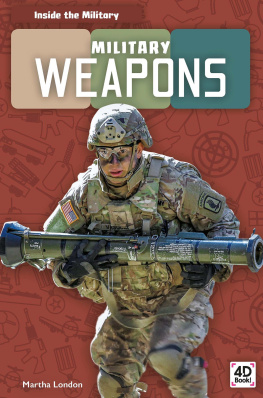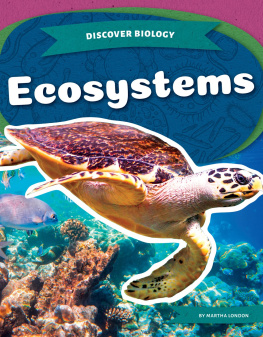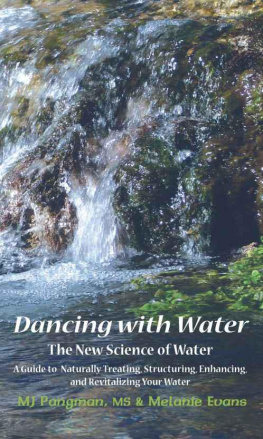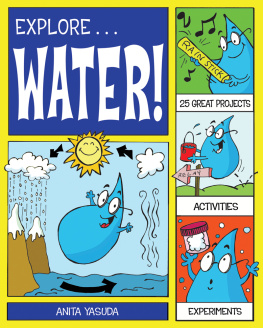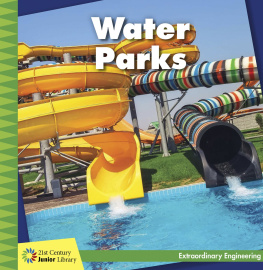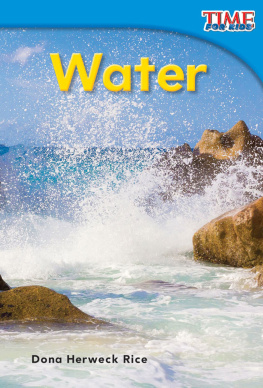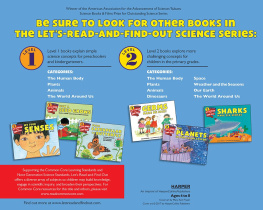abdobooks.com
Published by Abdo Publishing, a division of ABDO, PO Box 398166, Minneapolis, Minnesota 55439.
Copyright 2022 by Abdo Consulting Group, Inc. International copyrights reserved in all countries.
No part of this book may be reproduced in any form without written permission from the publisher.
Core Library is a trademark and logo of Abdo Publishing.
Printed in the United States of America, North Mankato, Minnesota
052021
092021
Cover Photo: Shutterstock Images
Interior Photos: Shutterstock Images, 45, 7, 21, 43; Red Line Editorial, 8, 32; Viktor Prymachenko/
Shutterstock Images, 1213; Mathew Monteith/Alamy, 15; Aaron Hawkins/iStockphoto, 18;
iStockphoto, 22, 2425, 27, 3435, 45; Richard Splash/Alamy, 3031; Jorge A. Russell/Shutterstock
Images, 36; Fotoluminate LLC/Shutterstock Images, 40
Editor: Marie Pearson
Series Designer: Katharine Hale
Library of Congress Control Number: 2020948348
Publishers Cataloging-in-Publication Data
Names: London, Martha, author.
Title: The science of water parks / by Martha London
Description: Minneapolis, Minnesota : Abdo Publishing, 2022 | Series: The science of fun | Includes
online resources and index.
Identifiers: ISBN 9781532195204 (lib. bdg.) | ISBN 9781644946145 (pbk.) |
ISBN 9781098215514 (ebook)
Subjects: LCSH: Swimming pools--Juvenile literature. | Play environments--Juvenile literature. | Force
and energy--Juvenile literature. | Physics--Juvenile literature. | Dynamics--Juvenile literature. |
Motion--Juvenile literature.
Classification: DDC 531.1--dc23
CHAPTER
ONE
T
he lifeguard gives the rider a
thumbs-up. The rider pushes himself
into the tunnel at the entrance to the
waterslide. It is dark inside the tunnel. The slide
has a steep drop right away, and the rider picks
up speed on the slippery slide. Jets of water
push him along.
He rounds a long curve and dips down
again. Then the tunnel opens up. The rider can
see the blue sky. He zips around a few tight
turns. The rider keeps his arms crossed over
At the top of a waterslide, riders give a push to
start sliding.
his chest. The tunnel closes over him one more time.
The slide zigs and zags, and then the rider can see light
at the end of the slide. He splashes into the pool.
The rider swims to the surface and paddles to the
steps. He wipes water from his eyes and grins. He loves
going to the water park with his family.
A PARK FULL OF SCIENCE
Science is everywhere in water parks. Researchers and
designers work hard to make sure water parks are not
only fun, but also safe. There are nearly 1,200 water
parks in the United States and Canada, and even more
around the world. Some parks are outside. Others are
inside. People can have fun at water parks all year long.
There are many things to consider when designing
a water park. Scientists use chemicals and filters to keep
water clean. Physics explains why waterslides are fun.
Researchers study how waves form so water parks can
Many people enjoy a big splash at the end of a waterslide.
MOST-VISITED WATER PARKS
KANSAS
TEXAS
OKLAHOMA
MISSOURI
ARKANSAS
LOUISIANA
MISSISSIPPI
KENTUCKY
TENNESSEE
ALABAMA
GEORGIA
VIRGINIA
NORTH CAROLINA
W
N
S
E
FLORIDA
1. Typhoon Lagoon Florida
2. Blizzard Beach Florida
3. Aquatica Florida
4. Schlitterbahn Texas
5. Water Country USA Virginia
1, 2, 3
Water parks are located all across the United States. But some
people travel long distances to go to water parks. The map
above shows the most-visited water parks in 2016. What do you
notice about the places where the most popular water parks
are located?
make wave pools. And ride designers are always trying
to make the next exciting ride for guests.
FORCES AT WORK
There are many forces at work in a water park. Human
bodies are naturally buoyant in water. This means they
float in water. Buoyancy
is an important part of
water parks.
Gravity is also
important. Gravity
is one of the main
reasons people go fast
when they ride down
a waterslide. Gravity
pulls a persons body
toward Earths center.
A waterslide or water
coaster starts high off
the ground. It slopes
down, which allows
gravity to pull the rider.
The steeper the slope,
the faster the rider
speeds up.
CONSERVING
WATER AT A
WATER PARK
Water parks can be huge!
The largest water park in the
United States is Noahs Ark in
Wisconsin Dells, Wisconsin.
Noahs Ark covers 70 acres
(28 ha). It takes millions of
gallons of water to run some
water parks. But water park
officials know it is important
to conserve water. Most water
parks clean water that is
already in the park. This allows
them to reuse some or most
of the water over and over
again. Some parks only have
to refill the water that is lost
to evaporation.
Friction is a force that works to resist movement.
When two objects or materials rub against each other,
they slow each other down. This is called friction. Some
objects create more friction than others. For example,
it is pretty difficult to slide across a rug in cotton socks
because both surfaces are rough. The rough surfaces
Rick Hunter tests waterslides.
He is always working to find
the next great water ride.
Hunter says that rides have
to include many different
elements. He notes that the
best waterslides are often
short. They have fast parts and
slow parts. Hunter says one of
the most important elements
of a waterslide is a big splash
at the end.
of a persons socks
and the carpet catch
against each other,



